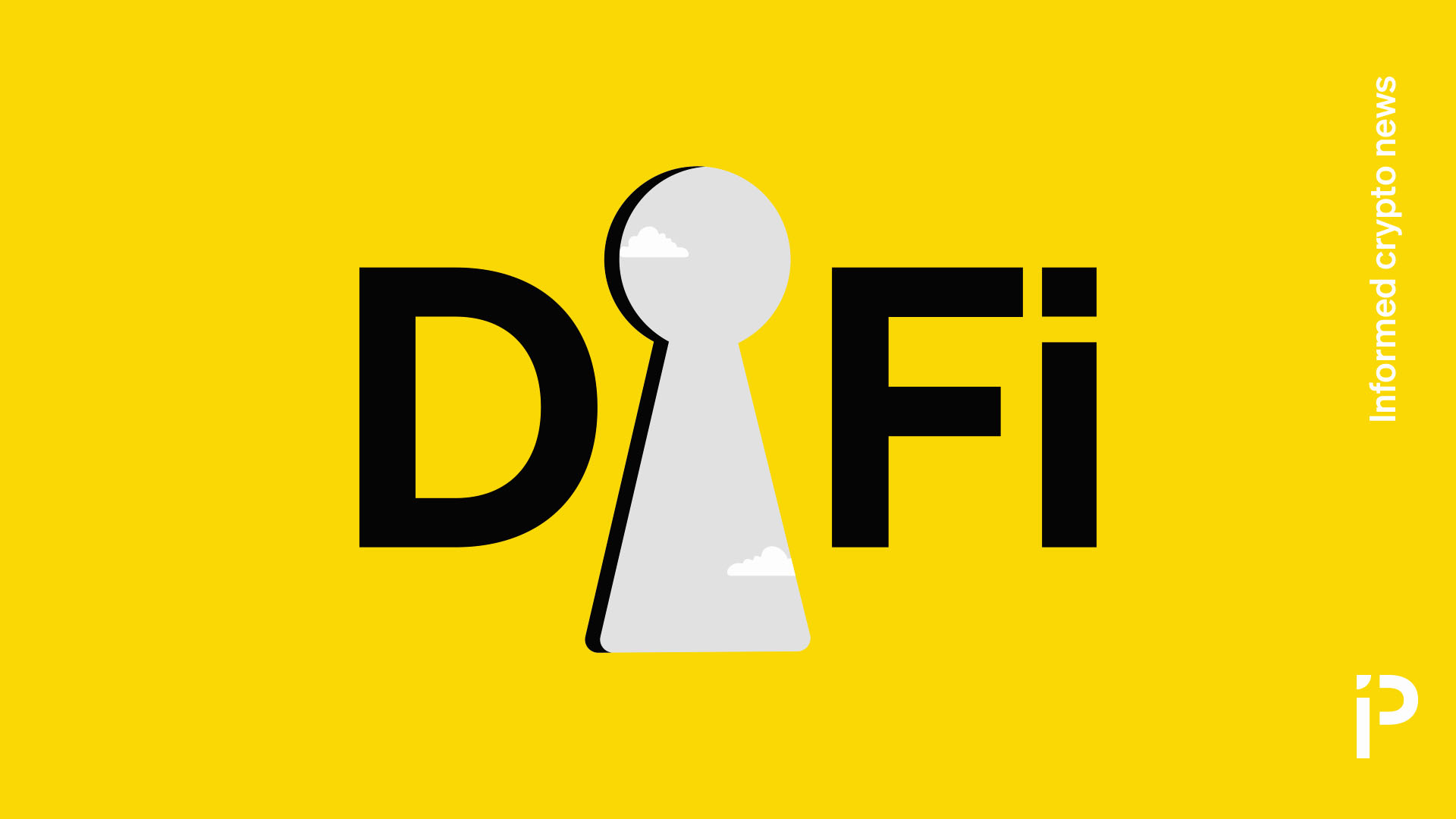Uniswap Founder Proposes Activation of Long-Awaited UNI Fee-Switch
Hayden Adams, the founder of Uniswap, yesterday announced his proposal to activate the long-awaited UNI fee-switch on the decentralized finance (DeFi) sector’s leading exchange. Widely expected to pass this time, the move would mark a significant milestone for DeFi — but not everyone is convinced.
### The Proposal
The proposal would see a portion of fees, which currently go to liquidity providers (LPs), redirected to the buy-and-burn of UNI tokens. For most pools, this would amount to one-sixth of the total fees, with some of the lower tiers contributing up to 25%.
As part of the initiative, 100 million UNI tokens will be burned to represent the amount that “would have been burned if fees were on from the beginning.” Additionally, sequencer fees from Unichain will also be directed towards the UNI burn. Other features under consideration include earning fees on external pools and capturing Miner Extractable Value (MEV) on the protocol.
Notably, the wildly unpopular front-end fees — which have generated almost $180 million for Uniswap Labs to date — will be abolished under this proposal.
*Read more: [Uniswap’s new trading fee neglects UNI holders]*
### Overcoming Past Challenges
Despite multiple fruitless attempts in the past, the UNI fee-switch has yet to be implemented. Legal concerns have often been cited as reasons for delay. Adams refers to this as “a hostile regulatory environment that cost thousands of hours and tens of millions in legal fees.”
However, the Trump Administration’s more permissive regulatory landscape may have helped ease earlier worries. Coming this time directly from founder Hayden Adams — who speaks as if the proposal is a done deal — it seems likely that the changes will be enacted following 22 days of governance proceedings.
*Read more: [To fee or not to fee? That is the question — does Uniswap have an answer?]*
### A New Era for DeFi
Adams states that the “proposal comes as DeFi reaches an inflection point.” Alongside the shift in regulatory approach, he praises decentralized platforms’ “performance and scale,” the mainstream adoption of tokens, and increasing institutional interest as key tailwinds pushing the sector forward.
Uniswap remains DeFi’s dominant decentralized exchange, with approximately $5 billion of total value locked (TVL) and over $100 billion in trading volume in the past 30 days. During that period, it generated $109 million in fees — which, at a minimum, would translate to around $18 million worth of UNI tokens burned, approximately 0.3% of its $5.7 billion market cap.
Estimates using annualized revenue put the figure closer to $38 million monthly revenue, placing the scale of this initiative alongside similar buyback and burn programs like those for PUMP and HYPE tokens.
The idea has garnered popularity within the DeFi community, with $30 billion liquid staking giant Lido also considering similar buybacks. This “anti-cyclical” mechanism would increase buybacks during bull markets and tighten spending during tougher times.
*Read more: [Uniswap Labs launches Unichain without UNI unanimity]*
### Criticism and Concerns
Competitors warn that the reduction in swap fees going to liquidity providers may lead to an exodus of liquidity, potentially worsening trade execution and opening up opportunities for rival exchanges.
More broadly, supporters feel the move signals a new era of confidence for DeFi. Bankless’ Ryan Sean Adams summarized the moment as Uniswap “[keeping] a promise” and “inject[ing] a little belief back into our jaded souls.”
*Read more: [TradFi tactics win on Uniswap v3 says BIS study]*
### “A Sad Day for DAOs”?
Adams’ proposal has not escaped criticism. While many celebrate a long-awaited milestone, others have expressed concerns about what the move means for decentralized governance as a whole.
Worries over the influence of large UNI stakeholders such as a16z and Binance have fueled accusations of “decentralization theater.” Critics are frustrated by what they see as a further transfer of power to Uniswap Labs, whose actions are not governed by token holders.
Under the proposal, foundation teams would transition to a legal entity structure under Labs — a shift described by some as an admission that “DAOs are inefficient at governing and allocating resources.”
In response, Adams states there is an “explicit commitment from Labs ensuring Labs does not pursue strategies that conflict with token holder interests.” He also insists that Uniswap’s “vision has always been to minimize the need [for Labs’ intervention] by relying on automation and protocol decentralization.”
Others speculate that Uniswap never intended to have a token in the first place, only launching UNI in response to 2020 competitor SushiSwap. The fee-switch proposal “basically reverts this; buyback and burn is the mostly simple, boring way to do so.”
*Read more: [Is Uniswap becoming more TradFi than DeFi?]*
—
The activation of the UNI fee-switch could represent a pivotal moment for Uniswap and the broader DeFi ecosystem, balancing innovation with governance challenges as the sector matures.
https://bitcoinethereumnews.com/tech/new-era-for-defi-or-a-sad-day-for-daos/

Be First to Comment